






1. EARLY DETECTION OF THE CONDITION CAN LEAD TO EFFECTIVE TREATMENT AND A POSITIVE PROGNOSIS .ABOUT 90% OF PATIENCE SURVIVED FOR MANY YEARS AFTER DIAGNOSIS WHEN BREAST CANCER IS DETECTED AT THE EARLY STAGE
2. REGULAR SELF’ BREAST EXAMINATION AND REGULAR MAMMOGRAMS ARE KEY TO EALY DETECTION.
3. A BREAST LUMP IS THE MOST COMMON SYMPTOM, BUT ITS IS NOT THE ONLY ONE THAT SIGNALS BREAST CANCER. SIGNS CAN ALSO INCLUDE SWELLING OF PART OR ALL OF THE BREAST, SKIN IRRITATION, NIPPLE RETRUCTION, REDNESS, SCAILYNESS OR THICKENING OF THE NIPPLE OR BREAST SKIN AND NIPPLE DISCHARGE OTHER THAN BREAST MILK

4. FAMILY HISTORY IS NOT THE ONLY RISK FACTOR. IF YOU HAD CHASSED RADIATION THERAPY BEFORE THE AGE OF 30, YOURE AT A HIGHER RISK FOR BREAST CANCER.
5. MORE WOMEN ARE SURVIVING BREAST CANCER FROM 1989 TO 2015, THE NUMBER OF WOMEN WHO DIED FROM BREAST CANCER DROPPED BY 39%. EXPERTS THINK THIS DECREASE IS DUE IN PART OF FINDING THE CANCER EARLIER WITH REGULAR SCREANINGS
World Homeless Day is observed annually since 2010. It is observed on 10 October to bring awareness on homelessness is homelessness this year is focusing on awareness on the prevalence of extreme weather conditions and intensity of natural disasters. Climate change refers to a change in average weather conditions such as temperature and rainfall over a long period of time, usually 30 years. Homelessness is a condition of lacking a stable, safe, permanent and adequate housing. Transitional homeless is the most common type of homeless. This is caused by a sudden life change or a catastrophic event. Episodic is another type whereby an individual is currently homeless but have experienced homelessness before for more than 3 times. Individuals are often young. Chronic is whereby an unaccompanied individual with a disabling condition who has been continuously homeless for a year. In USA, 86962 people are chronically homeless.
The last type is called hidden where an individual is temporarily living with others due to lack of housing opportunities. This group do not usually access homeless services and hence, they do not appear in homeless statistics. There is no methodological consensus on counting homeless people and homeless varies from country to country Globally, it is estimated that 150 million people are homeless and 1.6 billion people are living as squatters, refugees or in temporary shelters lacking adequate housing. In Africa, an estimate of 200 million live in slums and 61.7% of them dwell in urban areas. In addition, more than 80 million children in Africa lack access to a healthy shelter and 16 million are living in streets. Coming closer home, 1.5 million people are estimated to be homeless in Zimbabwe, living in informal settlements.
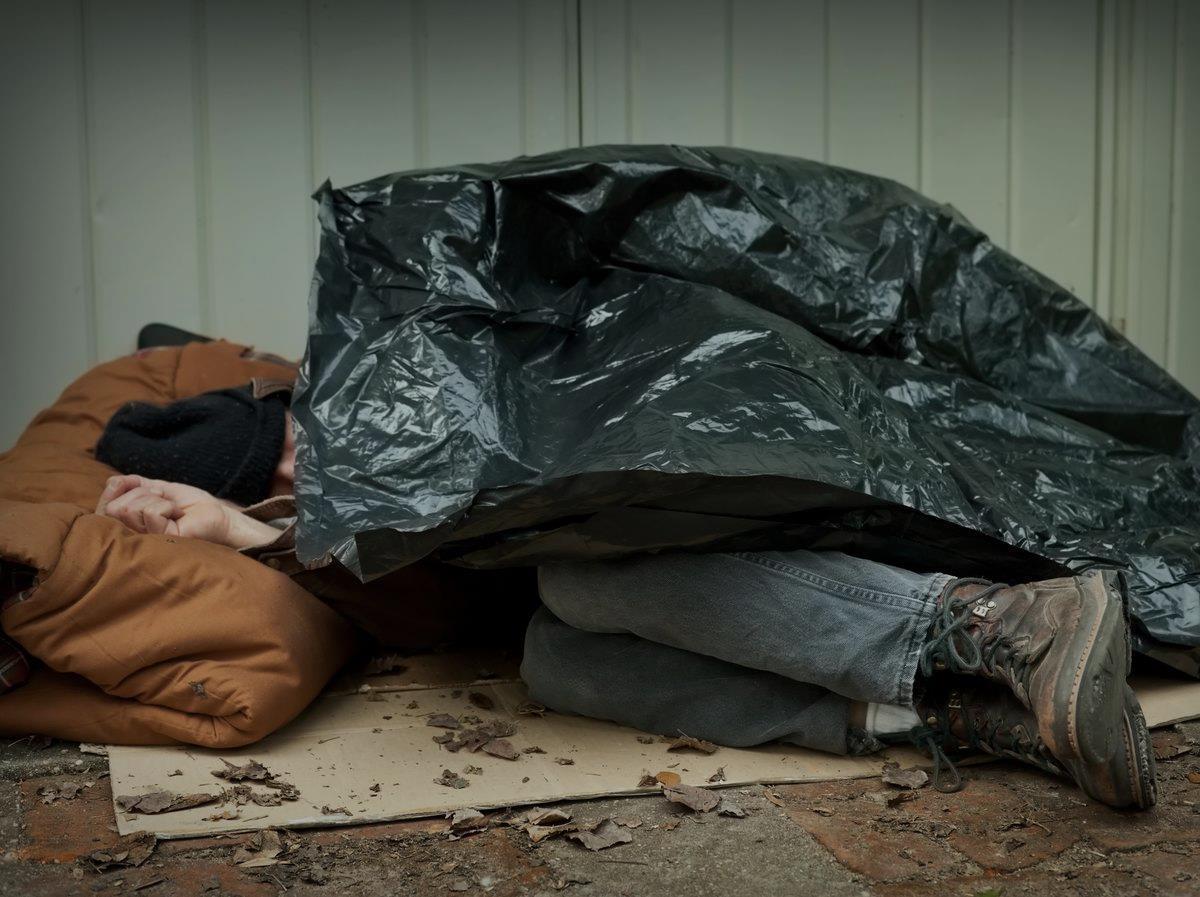
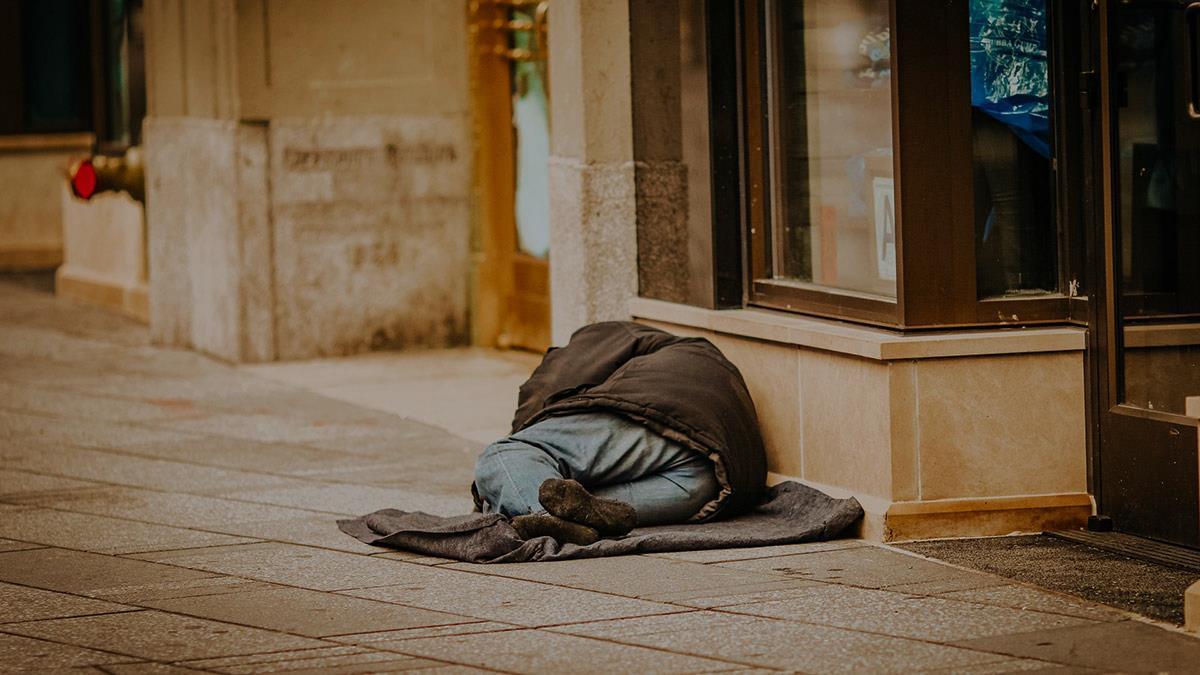
● Natural disasters and extreme weather conditions
● Wars and conflicts
● Physical and mental health problems
● Economic hardships
● Domestic violence
● Gentrification ● Choice
Climate change is already forcing millions of people from their land and homes, putting more at risk of displacement in the near future. Rising sea levels have left 500000 people in Bola island of Bangladesh homeless in 1995 when the island was half submerged. In 2020, Australian wildfires razed the entire communities to the ground, leaving many people homeless.
Severe droughts that happened in 2011, 2017 and 2019 have repeatedly wiped out crops and livestock thereby forcing many people across Ethiopia, Kenya and Somalia from their homes. Floods and landslides in Bangladesh, India and Nepal have forced 12 million people from their homes, leading to homelessness. Cyclone Idai has left 51000 people homeless in Zimbabwe alone. United Nations International Panel on Climate Change report (2022) has revealed that an estimate of 143 million people will be displaced due to climate catastrophic. Furthermore, climate change has caused energy insecurity.
Thus, increasing bills and rents which often result in eviction and loss of housing.
In addition, climate change has also increased vulnerability to homeless people as they are mainly exposed to heat waves, increased air pollution and sovereignty of floods and storms. Hence, the need to combat climate change induced homelessness.
The meteorology department should improve communication on occurrences of extreme weather events and disasters and ensure that information reach all groups of people.
In addition, messages pertaining climate disasters should be relayed in a manner that all groups of people understand, particularly the vulnerable groups. Technical language should be avoided in delivering such messages.
Environmental departments and local communities should address the root causes of climate change that is mitigation measures. This can be done by increasing awareness on causes of climate change and imposing heavy fines on to environmental culprits. This in the long run will reduce climate change effects as well as climate change induced homelessness
Governments and councils must promote the development of resilient infrastructure to withstand climate change induced disasters
Educational institutions should increase research on disasters preparedness, perceiving risk and responding to warning communications to combat homelessness.
Affordable houses should be constructed so as to support homeless population. In addition, employment should also be created to cater for the climate change induced homeless people. This issue of affordable houses should be practical in both developing countries and developed countries.
In conclusion, climate change events have contributed to homelessness and to prevalence of homelessness. Thus, a need to combat homelessness caused by climate change through collaboration of government, local authorities, NGOs, churches, charities and individuals.


TOMORROW.
BY LYNN RUZANEWorld Food day was established in 1 945 by the Food and Agriculture Organisation (FAO) a branch of the United Nations.it took about 34years before it was recognised as a World holiday at the 20th FAO conference in November 1 979.1 50 countries proceeded to celebrate the day once it gained its official recognition by the United Nations. Since 201 4 the popularity of the day has been used to promote the idea of feeding the world and eliminating poverty in rural areas.
2022 finds us with in on going pandemic, conflicts, a climate that won't stop warming ,rising prices and international tensions. This is affecting global food security. We need to build a sustainable world where everyone, everywhere has regular access to enough nutritious food. No one should be left behind.
The main Principle World Food Day celebrates is the enhancement of food security over the globe especially in time of crisis for example during Cyclone Idai in Chimanimani people were donating food to the people affected and also people from other countries donated what they could. In Ethiopia and Kenya the United Nations is helping because the hunger situation is ever increasing. Also statistics that 60% of hungry people in the world are women .This can be a hindrance to nurturing and giving birth and even earning a living if one is the breadwinner in that family.
The launch as of the Food and Agriculture Organisation has played a huge role in taking the worthy goal of food security forward. Its annual celebration serves as a marker of the importance of this organization and helps raise awareness of the crucial need for successful agriculture policies to be implemented by governments across the world to ensure there is ample food available for everyone. In recent years World Food Day has used it's annual day of celebration to focus on different aspects of food security and Agriculture including fishing communities, climate change and biodiversity. In the United States the lowa Hunger Summit has been held on World Food day since 2007.In Cuba an Agricultural fair is held so that producers can exchange their experiences and views. In Mongolia they have a Food security conference on World Food Day to develop regulations and policies as well as valuing the contributions of researchers and scholars to the country's food security. In Italy they hold exhibitions and conferences are held by NGOs, international agencies, research agencies, universities an ministries.
To address the issue of food shortages or rather food security SADC appointed Zimbabwe as the bread basket of Africa but the agriculture levels in Zimbabwe have dropped dismally and so they are not contributing much. To alleviate the hunger problems Zimbabwe has implemented the Pfumvudza (intwasa) programme whereby the hand out agricultural input to small scale farmers increase production levels. Fish Farming was introduced to increase protein levels as a way to a healthy lifestyle.

More than 70 per cent of the population in Zimbabwe relies on agriculture for its livelihood. The sector provides the best prospects for large-scale food security, economic development and poverty eradication. This key sector is now under increasing threat from climate change.
Small grains like wheat are also being mass produced. However recently according to news articles due to veld fires a lot of Wheat fields and produce have been destroyed and so harvesting must now be done if they want to save some of the crops.
Sustainable Development Goals address the issue of food security and that can only be archived if each of us take an initiative to partake in agriculture no matter the contribution that one is able to put in.
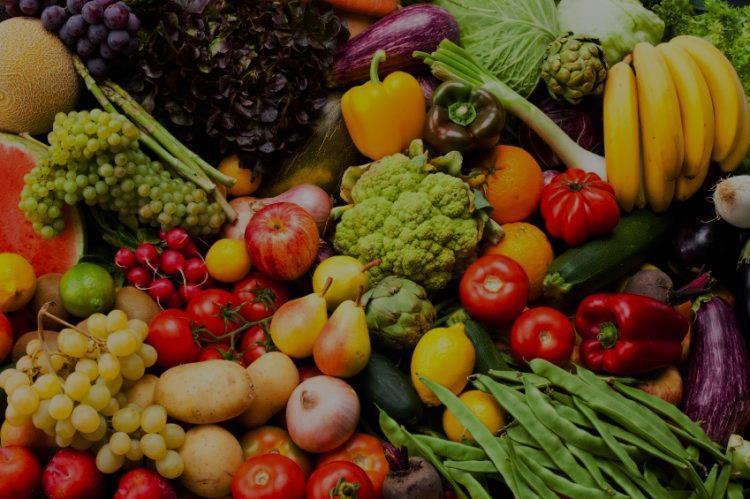
Pfumvudza maximizes the yield level and this is just one step toward a milestone so if one has the land l would urge them to take up this program because Agriculture is the backbone of this country, Economically.
Agriculture both affects and is affected by climate change. No other sector is more climate sensitive. The changing global climate threatens agricultural systems, livelihoods and the environment worldwide. Particularly vulnerable are the millions of smallholder farmers in Zimbabwe with limited means for coping with the risks posed by a changing climate. Rain-fed agricultural systems on which most of them depend will be adversely affected by extreme weather conditions and
events (heat stress, droughts, floods), which are expected to increase in frequency and intensity. The proliferation of pests and diseases in areas where they have typically not been prevalent will also have severe negative impacts on productivity. There is an urgent need to support adaptation measures by such farmers and other stakeholders that will increase the sector’s resilience to a changing climate.
The International Day for the Eradication of Poverty is an international observance celebrated each year on October 17 throughout the world. The first commemoration, "World Day to Overcome Poverty" took place in Paris, France, in 1987 when 100,000 people gathered on the Human Rights and Liberties Plaza at the Trocadéro to honor victims of poverty, hunger, violence, and fear.

This year's theme is Dignity For All In Practice, The dignity of human being is not only a fundamental right in its self but it constitute the basis
of all other fundamental rights. World wide the is need for poverty eradication in order to achieve that ,it must be treated as global issue.
Poverty is not solely an economic issues but rather a multidimensional phenomenon that encompasses lack of both income and the basic capabilities to live in dignity.
The significance of this day is to recognizing the effort and the daily struggle of those who live in poverty and also giving people living in poverty a platform from which they voice to the general public needs and concerns. Furthermore it also reflects the willingness of people living in poverty to use the expertise to contribute to its eradication and promoting the commitment we make together for social justice peace the planet. Ending poverty in all its forms everywhere is a social perspective on development requires addressing poverty in all its dimensions. It promotes people centered approach to poverty eradication advocating the empowerment of people living in poverty through their full participation in all aspects of political, economic and social life, especially in the design and implementation of policies that affect the poorest and most vulnerable
groups of society. An integrated strategy towards poverty eradication necessitates implementing policies geared to more equitable distribution of wealth and income and social protection coverage.
In addition to ,poverty eradication must be mainstreamed into the national policies and actions in accordance with the internationally agreed development goals forming part of the broad United Nations Development Agenda, forged at UN conferences and summits in the economic, social and related fields. The Second United Nations Decade for the Eradication of Poverty (2008 2017), proclaimed by the General Assembly in December 2007 aims at supporting such a broad framework for poverty eradication, emphasizing the need to strengthen the leadership role of the United Nations in promoting international cooperation for development, critical for the eradication of poverty.

World Values Day is an annual campaign to increase the awareness and practice of values around the world. Values are what matter most to us. They motivate and guide us. They are the passion in our hearts, the reason we do the things we do.
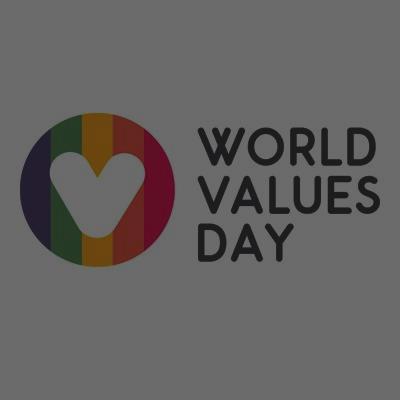
In a world that can feel increasingly divided, values help unite us. They are the glue holding together our communities and wider society.
Our theme this year is Values for Community development. So on World Values Da we have to put our values into action, reaching across the growing barriers that divide us to build stronger communities and a more united world. What is community development?
Community development is a process where people come together to take action on what's important to them.
At its heart, community development is rooted in the belief that all people should have access to health, wellbeing, wealth, justice and opportunity.
It recognises that some people, some groups and some communities are excluded and oppressed by the way society and structures are organised.
Community development seeks to challenge this and ensure fairness for all citizens.
In practice, community development: supports communities, of place and identity, to use their own assets to improve the quality of community life. helps communities and public agencies to work together to improve services and the way in which decisions are made.
Community development is fundamentally based on the values of human rights, social justice, equality and respect for diversity. The principles which underpin its practice are: Self-determination - people and communities have the right to make their own choices and decisions. Empowerment people should be able to control and use their own assets and means to influence. Collective action - coming together in groups or organisations strengthens peoples’ voices.
Working and learning togethercollaboration and sharing experiences is vital to good community activity
In 2009 community development
national occupational standards were developed with the active participation of hundreds of community development practitioners reflecting a wide range of roles, perspectives and settings. The standards provide the framework for good quality community development learning and practice.
The national occupational standards state that the community development process is underpinned by fundamental values on which all practice are based. As Community development practitioners we should be able to relate these values to their roles and actions.
as Community development practitioners we have to work with communities and organisations to challenge the oppression and exclusion of individuals and groups. Our practices should be undertaken in a way which:
• acknowledging where there is inequality and discrimination, and rejecting and challenging any form of it
• support and develop anti oppressive policies and practices
• respect, value, support and promotes the value of difference and diversity
• promote and supports diverse communities to agree on common concerns and interests
• acknowledge the diverse nature of society and seek to understand and support others to understand the nature of social diversity and oppression with respect to marginalised communities and minorities.
To work with communities and organisations to achieve change and the long-term goal of a more equal, non sectarian society. our practices should be undertaken in a way which:
• recognises that social justice incorporates environmental, political, cultural and economic justice
• recognises and challenges inequalities and power differences
• values diversity of experience

• promotes human and civil rights and responsibilities • promotes a sustainable environment
• challenges the underlying causes, and effects, of structural power imbalances
• makes the link between local, societal and global contexts.
we also have to work with communities to organise, influence and take action. Our practices should be undertaken in a way which:
• promotes the active participation of people within communities
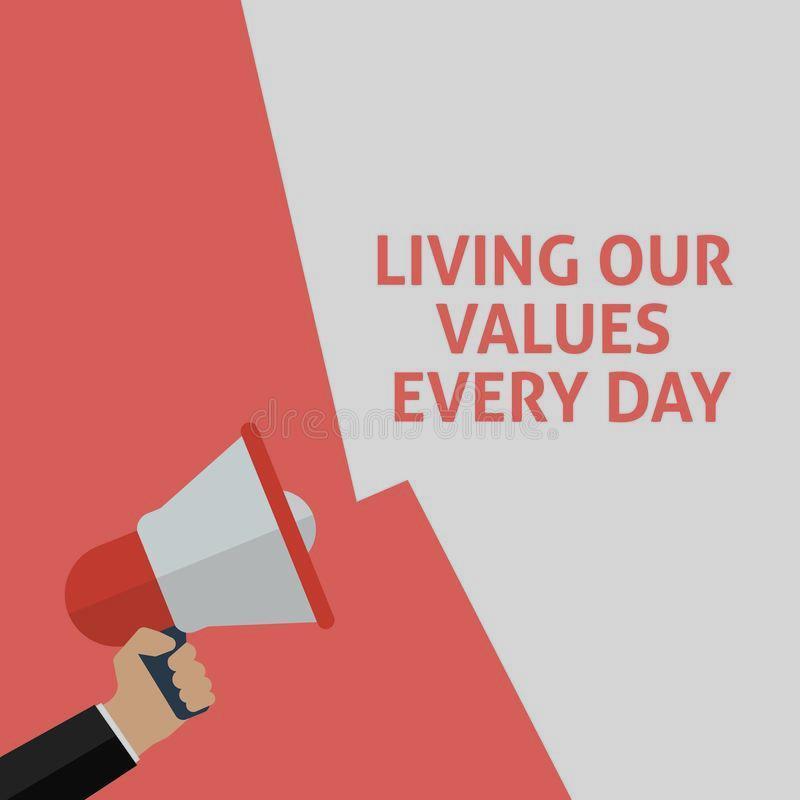
• supports the rights of communities to organise, access support and take action
• respects the rights of others when planning collective action
• empowers communities to recognise and acknowledge their existing skills, knowledge and expertise
• uses the power of the collective voice and of collective action
• recognises the wealth of creative and positive resources present within communities.
We also have to engage and work with communities and organisations to work together. our practices should be undertaken in a way which:
• promotes the rights of communities to define themselves, their priorities and agendas for action
• encourages an understanding and commitment to the long-term nature of community development practice
• promotes the rights of communities to be consulted, involved in, and influence decision making that affects their lives
• promotes accountability and transparency
• promotes co operation as a means of connecting and strengthening communities
• uses research to support communities in determining needs as a basis for influencing.
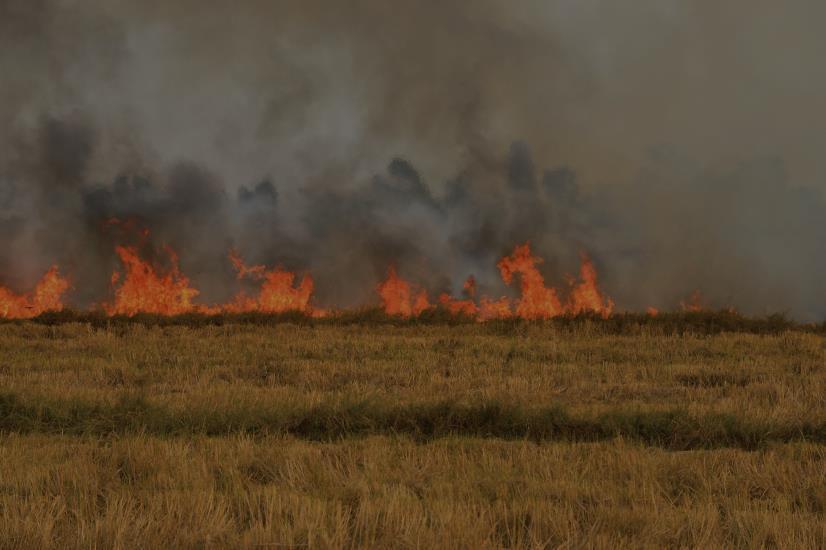 BY DEFNEY MUTSAUKI.
BY DEFNEY MUTSAUKI.
Each year, Zimbabwe loses approximately a million hectares of forest and grassland to veld fires, and the Environmental Management Authority (EMA) is trying to combat this problem in various communities. The fire season starts from July to October and fires are prevalent during this time because of the dry weather conditions. In an effort to combat veld fires, EMA has been working with communities in fire prevention projects such as fireguard construction, hay bailing and training fire fighting teams. A total of 18 people have so far been killed by veld fires that are sweeping through parts of the country since the onset of the fire season on July 31. This is followed by the tragic incident that took place at a farm in Esigodini in the Umzingwane rural district of Matabeleland South province and claimed the lives of 10 people. The victims got trapped in a mountainous area while fighting a raging fire at a farm, east of Bulawayo. In 2010, the country recorded 25 deaths for the whole season. If no action is taken to mitigate the fires is taken, this season might turn out worst. Veld fires have been raging in various parts of the country burning millions of acres of land, crops, property and people. EMA has so far recorded a total of more than 774 fire incidences that burnt 163820.05 ha of veld to date.
Veld fires lead to severe environmental degradation. More specifically, veld fires reduce land cover thus exposing the land to agents of accelerated soil erosion, changes in the hydrological cycle, increase in overland flow or surface run off and modifications in various ecological processes
Soil erosion leads to siltation of rivers and dams thus reducing their water carrying capacity. This is likely to induce floods in low lying areas. Veld fires destroy plantations, crops and pastures, in Zimbabwe, it is now commonly agreed that veld fires are a single significant threat to national economic recovery plans as they are destroying not only pastures necessary for the restocking exercise, but they are also destroying foreign currency generation plantations. Food security may be compromised as the last few years have seen fires burning wheat farms, maize fields among other valuables. Each person or institution has a role to play in the fight against veld fires and the following measures are important in preventing veld fires, damage of the environment as well as loss of life and property. School children
In the event that school children come across fire:1) Quickly report to any adult person nearby. 2)Do not attempt to cross over fire, ’’crossing over fire may result in fatalities’’.3)Do not try to extinguish a veld fire on your own.4) Move away from the veld fire and never ever try to climb trees In the direction of veld fires. Bus passengers
Some people especially in the rural areas tend to wake up at odd hours especially very early in the morning to catch buses. During this time it is normally still very cold and passengers tend to light fires at the bus stop for warmth. In this instance the onus is on them to do the following before their departure:
1)Make sure you completely extinguish the fire.2) Make sure all the glowing splints and burning coal are completely extinguished using water. Bee smokers
1)Use other methods of extracting honey which do not involve the use of fire.2)Seek advice from Forestry Commission
Motorists
1)Put off cigarette stubs and Use ash trays.2) Assist in fire fighting and always travel with a fire extinguisher.3) Service car electrical and mechanical systems to avoid sparks which can cause veld fires.
Traditional leaders
1)Have fire fighting teams to put off uncontrolled veld fires in your areas of jurisdiction. 2) Carry out fire awareness campaigns throughout the fire season. 3) Use cultural ways of pushing those who cause veld fires.
Rural District Councils
1)Establish an environmental committee to oversee environmental issues and sub committee which are chaired by a councillor in a given ward or wards.2) Appoint an environmental monitor in the district in conjuction with EMA.4) Ensure that there are fire fighting committees in these various wards.5) Report all veld fires incidences within 7 working days to EMA or ZRP
Fire prevention is the best option to minimize risks associated with veld fires.

This can be achieved through establishment and maintenance of fireguards. Fireguards and designed to provide access and a safe environment for the fire fighting teams to implement controlled burning and effectively managed wild fires. The existing roads and tracks also provide access and a safe environment for the firefighting teams to implement controlled burning and effectively manage wild fires. The existing roads and tracks also provide the foundation to implement fire management activities. Construct standard fireguards which are at least 9m wide on boundaries and internal fire guards which should be at least 4,5m wide. These can be constructed by ploughing using ox-drawn ploughs or tractors, disking , hoeing. Always inspect your fireguards to make sure that they are free of any material that burns. Fireguards are important because they break fire by removing the fuel load from the fire triangle. Ensure that fire fighting equipment is in place, bower/knapsack sprayers filled with water during the fire season.
The issue of veld fires is one that needs a multi stakeholder approach in order for effective change to take place.
PREPARE.ACT.SURVIVE BE FIRE READY.



DESIGN AND LAY OUT: TAKUNDA MASHINGA.
PROGRAMMES DIRECTOR: Edwin Moyo
EXECUTIVE DIRECTOR: Oswald Chishanga
The information, opinions and views set out in this journal are those of the author (s) and do not necessarily reflect the official opinions of SAVE OUR ENVIRONMENT TRUST or any of their partners. Rights to the photographs and articles remain with the photographers and the authors respectively. While all care has been taken during proofing, errors and omissions may slip through and we sincerely apologies While all care has been taken during proofing, errors and omissions may we sincerely apologies.